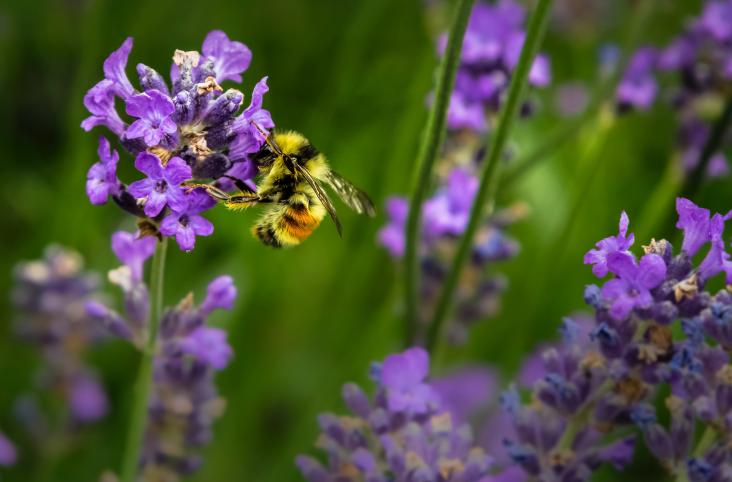Fisheries Research, Volume 265, 2023, 106744

A critical reflection on fisheries conservation in the Mekong River is offered here. Adaptive co-management helped balance conservation and livelihood outcomes. No-take zones facilitated basic fish conservation measures led by local fishermen. Fishermen perceiving livelihood benefits of conservation supported no-take zones. Long-term mechanisms to support community-led conservation initiatives are needed.

To mark International Day for Biological Diversity 2023, Elsevier, launched a free to download report that takes an in-depth look into Dutch biodiversity research in comparison to other nations.
This study systematically evaluates the successful human stewardship in managing marine protected areas to provide useful lessons for future marine conservation actions.
This study provides a better understanding of the burrowing behaviour of the sub-legal size clams discarded on the sediment after being disturbed and contributes important data to improve practices for minimizing mortality of dislodged clams that are discarded on the sediment surface.
The living infinite: Envisioning futures for transformed human-nature relationships on the high seas
Marine Policy, Volume 153, 2023, 105644, ISSN 0308-597X

We are at a critical crossroads for the future governance of the high seas. We used the Nature Futures Framework to explore desirable futures for the high seas. Creative endeavours of co-production encourage imagination to address challenges. Participatory processes are important tools in the science-policy interface. Stories and art can be powerful ways to overcome barriers.
Selective copepod grazing and water mass origin impacted spring bloom composition. Diatom bloom enhanced zooplankton recruitment and deep carbon export. Spring bloom composition impacted summer plankton community. Mixo- and heterotrophic protists dominated the nutrient-poor summer months. Copepod grazers controlled the summer protist community.
This study proposes a deep learning model based on a convolutional neural network, which can effectively fuse atmospheric information (wind field) and station water level information and can effectively forecast the station water level and also have a good response to the anomalous water level increase brought by storm surge.
This chapter aligns with Goal 14: Life Below Water and Goal 3: Good Health and Wellbeing by highlighting some of the many beneficial industrial and pharmaceutical applications of marine microalgae.
This chapter aligns with Goal 6: Clean water and sanitation and Goal 14: Life below water by encompassing an overview of various biological methods for removing microplastics from water.

Sea urchins are one of the most amenable model systems in developmental biology and they have enabled major discoveries. In this study, the authors investigated how conserved the genomic and regulatory architecture is between P. lividus, other sea urchins, and chordates. By integrating genomic and regulatory datasets, they demonstrated how regulatory changes could be associated with the origin of the novel body plan of urchins and other echinoderms.
